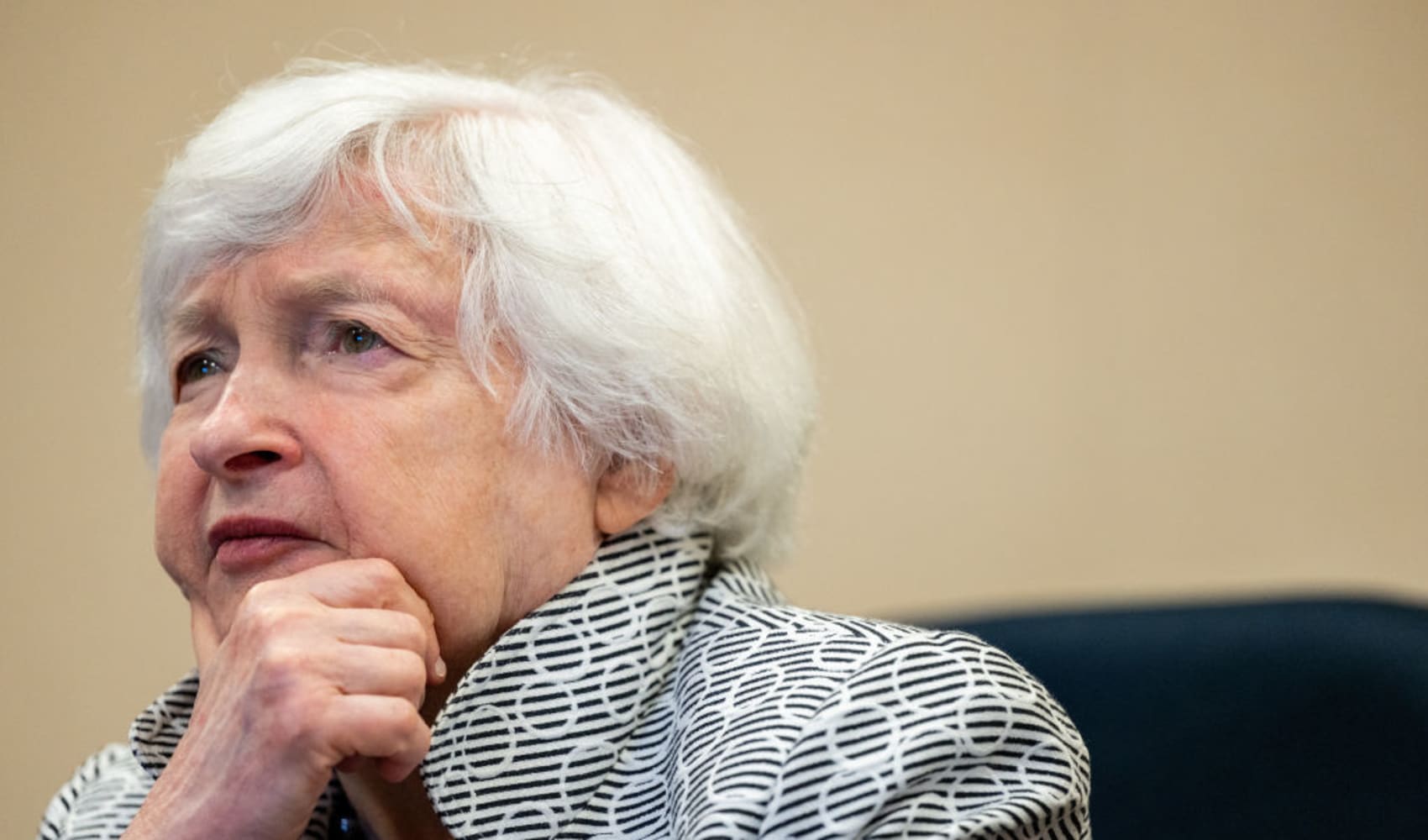
- The U.S. Department of Education is placing federal student loan borrowers enrolled in the Biden administration's new income-driven repayment plan, known as SAVE, into an administrative forbearance.
- Eligible borrowers in that repayment plan will not have to make any payments on their debt while the break lasts, and interest will not accrue on their loans in the meantime.
Federal student loan payments are on pause for millions of borrowers while the Biden administration defends its new relief program in court.
Here's what to know.
Who doesn't have to make payments?
Get top local stories in Connecticut delivered to you every morning. Sign up for NBC Connecticut's News Headlines newsletter.
The U.S. Department of Education is placing federal student loan borrowers enrolled in the Biden administration's new income-driven repayment plan, known as SAVE, into an administrative forbearance. They will remain in forbearance while the legal battle involving SAVE plays out.
What that means: Eligible borrowers in that repayment plan will not have to make any payments on their debt while the break lasts, and interest will not accrue on their loans in the meantime.
More from Personal Finance:
How to find out how big your Social Security benefits may be
IRS issues final rules for inherited IRAs
How kids from rich families learn about money
Money Report
The White House says roughly eight million people are enrolled in SAVE, or the Saving on a Valuable Education Plan.
Borrowers eligible for the relief should receive notification from their servicer, according to the Education Department.
Why is the SAVE plan under fire?
The SAVE Plan has been a magnet for controversy ever since the Biden administration rolled out the program in the summer of 2023, describing it as "the most affordable student loan plan ever."
Indeed, the terms of the new income-driven repayment plan are the most generous to date.
SAVE comes with two key provisions that legal challenges have targeted: It has lower monthly payments than any other federal student loan repayment plan, and it leads to quicker debt erasure for those with small balances.
Republican-led states that have sued the Education Department over SAVE argue that the agency overstepped its authority and essentially is trying to find a roundabout way to forgive student debt after the Supreme Court blocked its sweeping plan in June 2023.
Before the legal challenges, the Education Department had already forgiven $5.5 billion in student debt for 414,000 borrowers through the SAVE Plan. Those who have already received the relief should be in the clear, experts say.
What is the current status of SAVE?
A federal appeals court in Missouri issued a ruling on July 18 blocking the entire plan. Education Department officials have vowed to fight to protect the plan, but its future is uncertain.
How does the forbearance work?
Unlike during other payment pauses on student loans, months during this forbearance will not count toward borrowers' progress toward loan forgiveness.
That means those enrolled in SAVE who are hoping to eventually get their debt cleared under either the income-driven repayment plan's terms or Public Service Loan Forgiveness are not getting credit on their timeline to loan cancellation. The PSLF program allows certain non-for-profit and government employees to get their debt cleared after 10 years of payments.
"Borrowers cannot opt out of this forbearance because the SAVE repayment plan is temporarily blocked," said higher education expert Mark Kantrowitz. Borrowers can explore their other repayment plan options, "but that would lead to a higher monthly loan payment," Kantrowitz said.
"By staying in the SAVE plan, the borrower doesn't lose anything other than time," he added.






